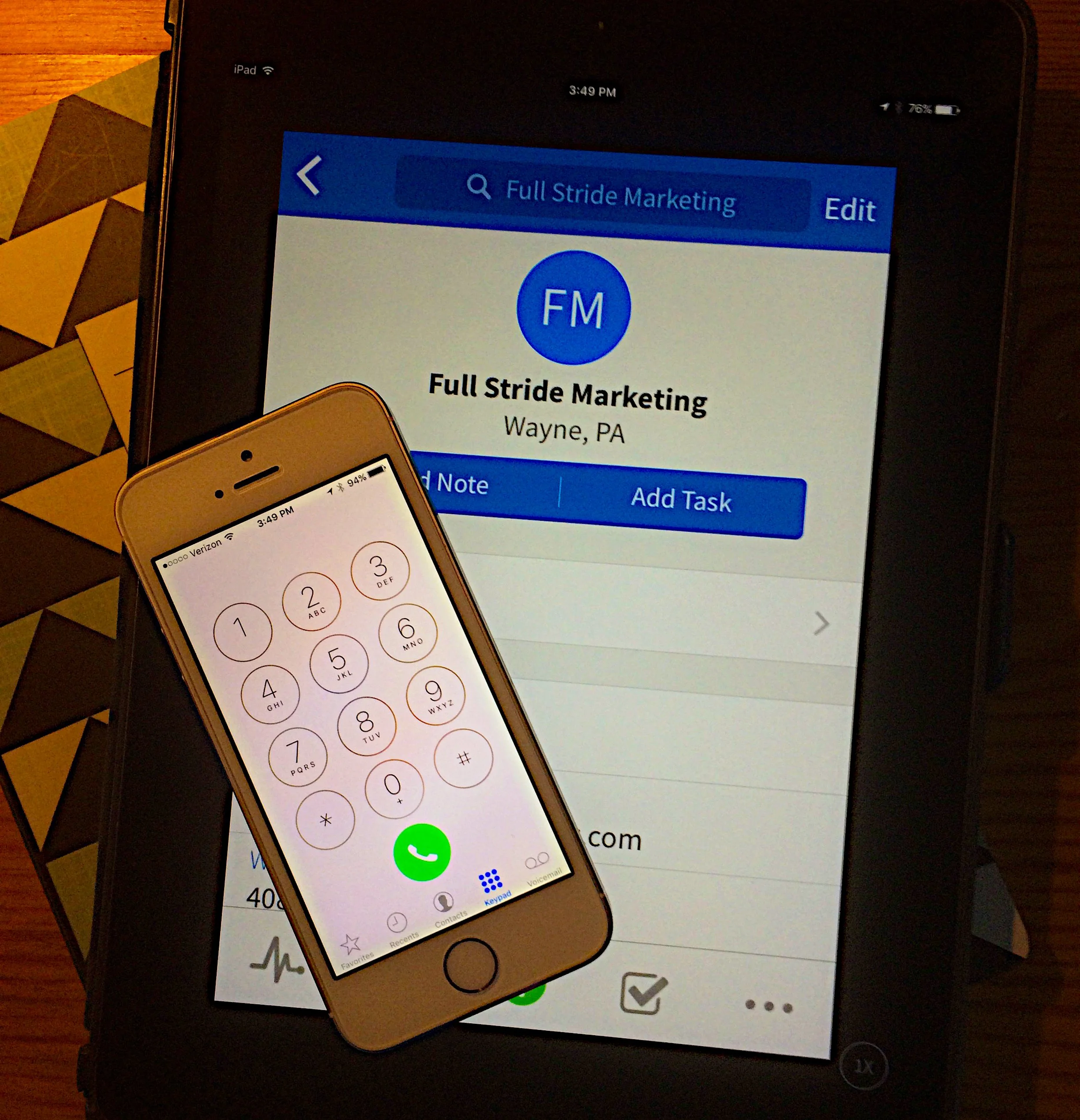It takes a certain personality to be comfortable with "cold" calls. I have a client whose work relies on his ability to get out there and generate business–the old fashioned way, face-to-face, hand-shake to hand-shake. For most of us, though, our prospect calls are "warm" leads–individuals and businesses who know our work or organization or who were referred by friends. These are people who clearly have a connection with you or your organization, whether through a friend, an affiliation, or simple awareness. Success at conducting these kinds of calls often has to do with that personality trait–a type that enjoys talking with people and is able to articulate their purpose. Making prospect calls certainly isn’t rocket science, but sometimes it’s helpful to review your process before picking up the phone.
I recently spoke with Tim Kennedy, a professional in the financial services industry with 25 years of sales experience, and Bonnie Cox, a 20-year veteran in fundraising. Both of their positions require a great deal of phone prospecting. Here are some of their tips:
1. Set a goal. For the year, for the month, for the week, and especially, for the call. For both Kennedy and Cox the call itself was about getting a face-to-face meeting, so keep it that simple.
2. Know what you’re going to say. Write it down and practice it so that you can deliver it naturally. Some people like scripts, some people prefer guidelines. Whatever your preference, DO rehearse. In the mirror, to a friend, by recording yourself. Cadence and tone make the difference between whether you come across as competent and professional, genuine and credible.
Kennedy’s advice, “Do what you need to do to be comfortable dialing the phone—close your door, go to your car, find the spot that allows you to make the call smoothly. Your lifeblood in this kind of work is your ability to pick up the phone and make the call.” Cox agrees, adding some advice she received from a former supervisor, “If you have a difficult call to make, stand up. It places you in a power position.” She also recommends the axiom “smile and dial,” saying, “I believe people can hear the smile in your voice, so why not start the conversation on a positive note?”
3. Prepare to leave a message. Know exactly what that message is. If you are referred by a friend or colleague, mention them. Say your name and number at the beginning and end of the message and ask for a call back. Tell them your next step: “If I don’t hear from you by the end of the week, I’ll call back next week.” Then do it.
4. Do your homework. Research the prospect. If they’ve been referred to you by a friend or colleague, ask about their circumstances as it relates directly to their readiness to act—What do they do? Did they just get married? Are they expecting children? Are they in a new position? Are they planning for an upcoming retirement? Review their linkedIn profile, their company, any web presence they have. Knowing these details allows for a natural flow to the conversation and an opening to discussing their needs.
5. Track your progress. Use a CRM, a calendar, a spreadsheet. Some jobs require you to use a specific tool to track your progress. Whatever tool you choose, use it. Tracking keeps you honest and on target for those goals we talked about in tip #1.
For an answer to the challenge of how to get people to pick up the phone, both Kennedy and Cox have a tactic worth considering—texting. Both of them related that often their prospects respond to a text before a voicemail or email. Once the connection is established, there is an opportunity to make a phone call to complete the action because the other party is already engaged.
I asked both of them exactly how technology has changed how they do this job. Kennedy said, “It has increased the volume of work that I can do. I find that the tools that I have—smartphone, computer, web-based calendar—really ramp up how much I can get done in a day.” Cox confirms this, but adds that she always tracks her appointments in an old school paper calendar or datebook. “When the computer goes down, nothing beats paper and pen.”
Ultimately, effectiveness in making prospect calls has a great deal to do with the intersection of volume, personality, and persistence to get to that sweet spot of success. More about persistence next time...

